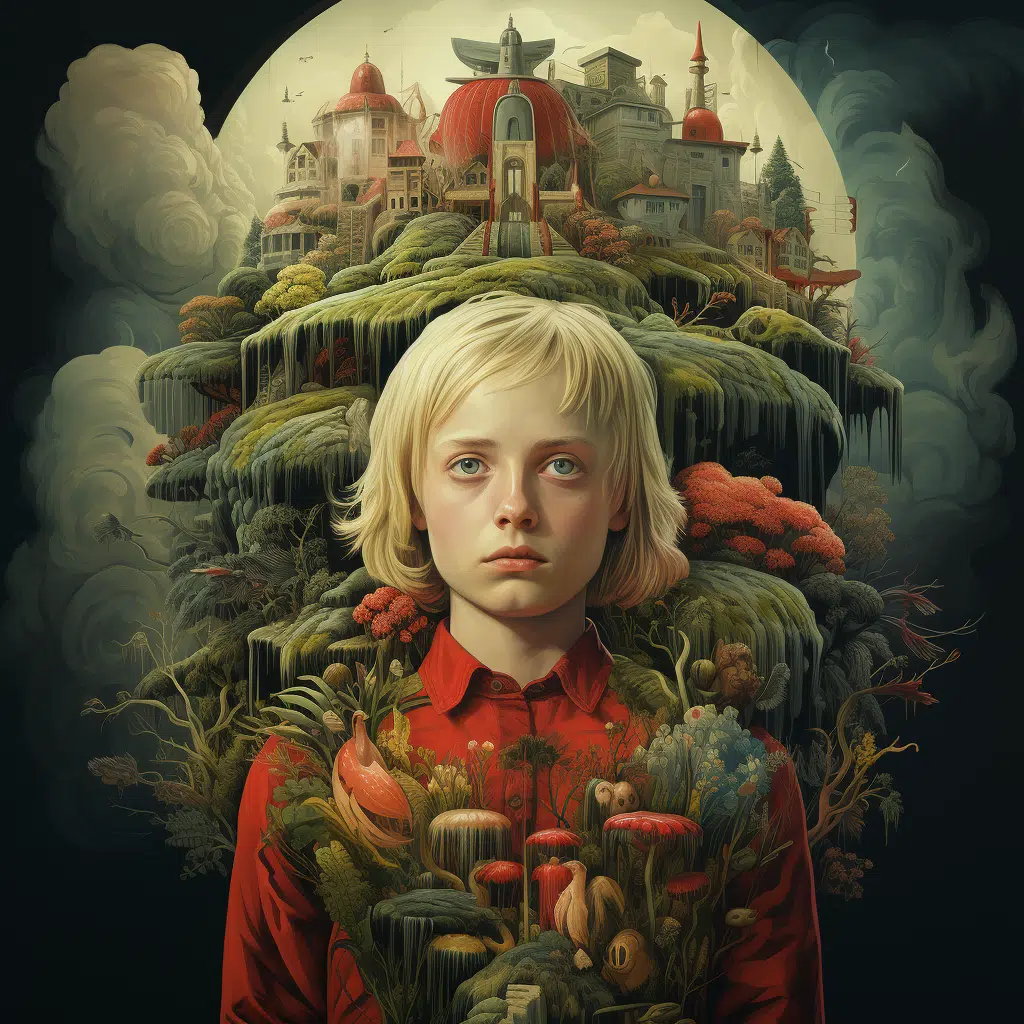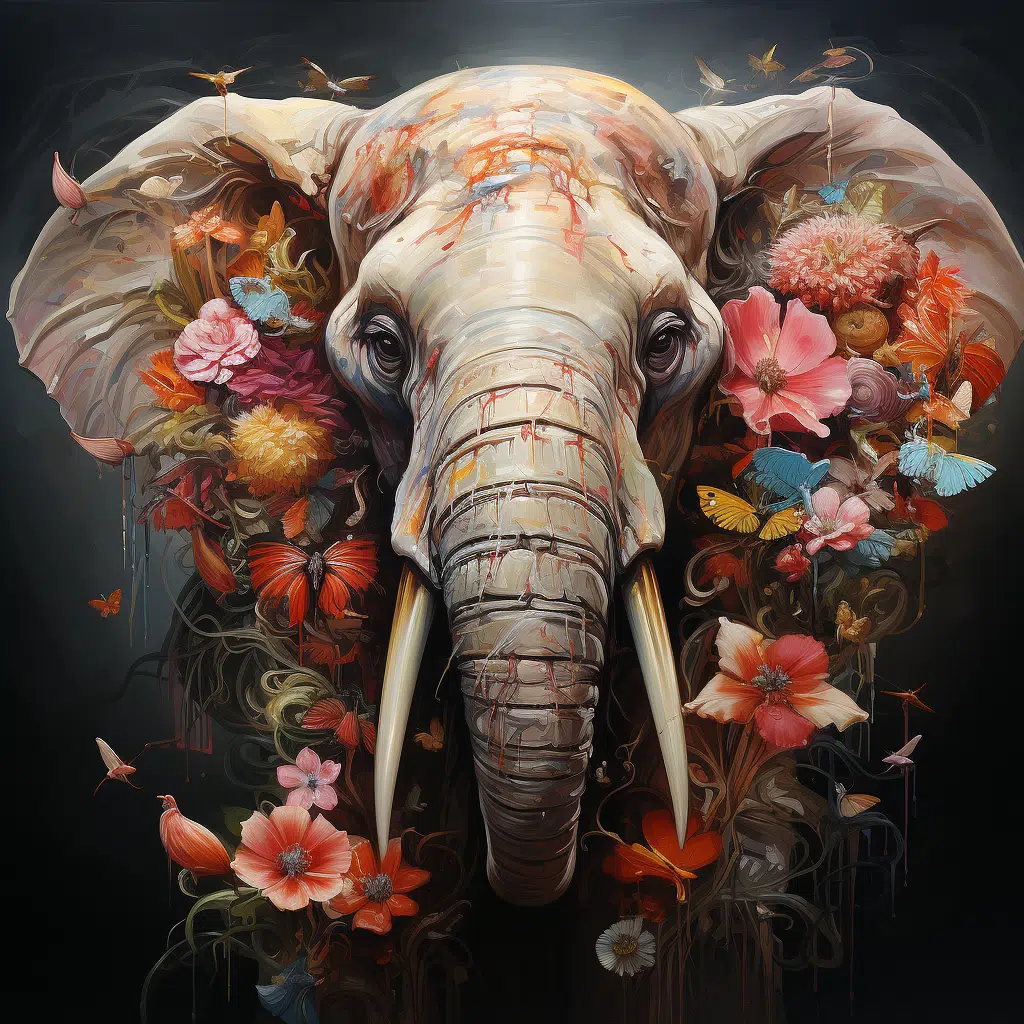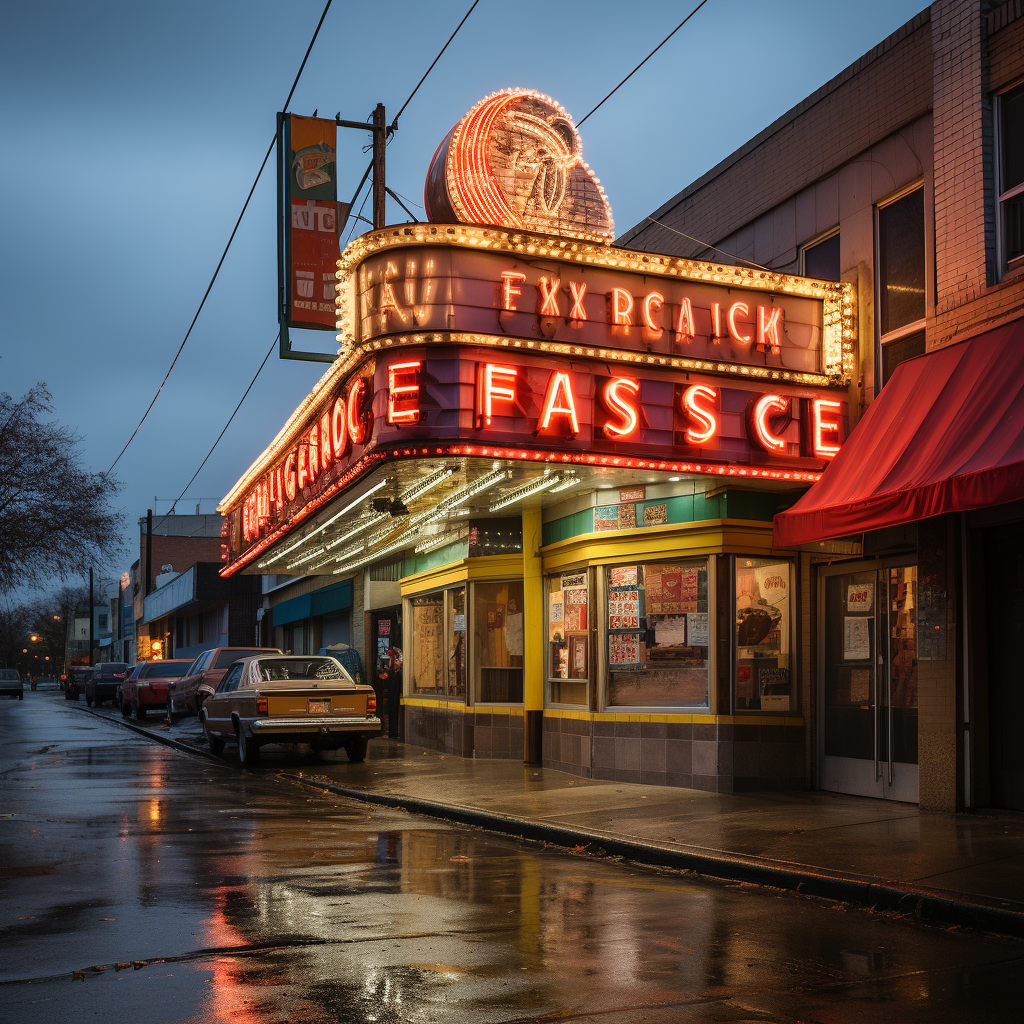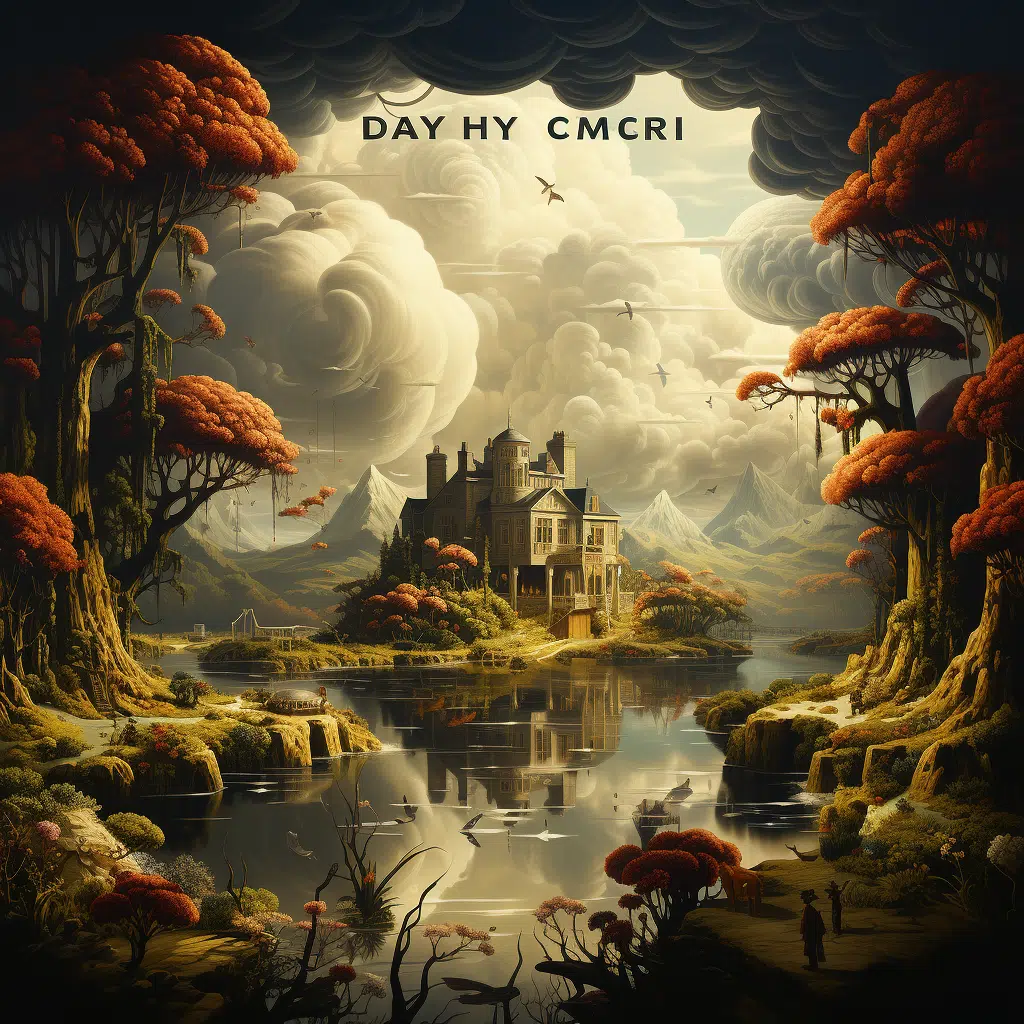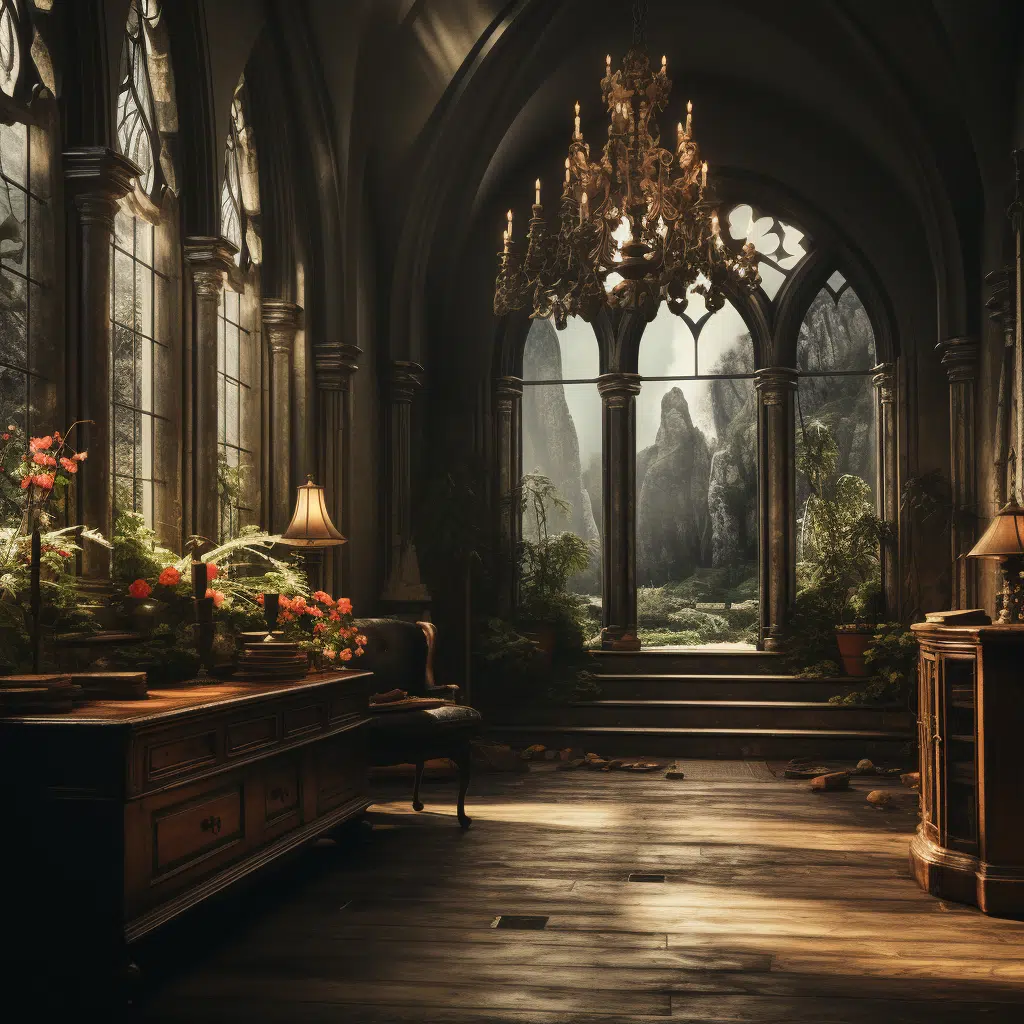The Enduring Legacy of Edgar Allan Poe: A Literary Titan’s Final Enigma
The Final Days of Edgar Allan Poe: Conjuring the Mystery of a Gothic Master’s Demise
The pages of the calendar turned to October 1849, and Edgar Allan Poe entered the final chapter of his life—a chapter as mysterious as his most spine-tingling tales. Historians have long puzzled over the gothic master’s last known movements, entranced by the shadowy inconsistencies and eerie silences that mark those fateful days. On his somber voyage back to New York City, Poe made a stopover in Baltimore that would become permanent; he met his demise due to what was euphemistically referred to as “acute congestion of the brain.” The truth behind the cause of his untimely death at the age of 40 has since been lost to the ages, evading even the most dogged of sleuths.
A myriad of theories vie for plausibility in explaining Poe’s death, including suggestions of diabetes, heart disease, or even as one University of Maryland doctor intriguingly postulated, rabies. Yet each theory unravels under scrutiny, none providing definitive proof or universal consensus. Medical and historical experts continue to dissect Poe’s condition, much like the detailed autopsies present in his writing. Their insights evoke more questions than answers, leaving us within the dark allure of uncertainty that so monopolized Poe’s work.
Unraveling the Myths and Facts of Edgar Allan Poe’s Life
There’s no shortage of myths swirling around Edgar Allan Poe, many as shrouded as the fog in his cryptic narratives. But to separate fact from fiction requires a dive into the sepulchral waters of Poe’s past, a tormented and tumultuous upbringing that set the stage for his later life. Raised largely by foster parents following his mother’s premature demise and father’s abandonment, Poe’s narrative was woven with the threads of loss and yearning from the outset.
Yet, for a man so oft attributed with a macabre persona, the everyday Poe was a dedicated professional, contrary to the popular image of a perennially brooding and disheveled poet. Debunking the image of Poe as a morose, intoxicated recluse, reveals a man who was both a respected literary critic and an influential figure in the development of the American short story genre. Though he battled demons—both personal and professional—during his lifetime, his achievements were substantial, if underappreciated by the masses until posthumously celebrated.
The Haunting Beacon of Edgar Allan Poe’s Literary Contributions
Peering into the cavernous depths of Edgar Allan Poe’s works, one discovers a master who set the bar for the entirety of the horror and mystery genres. His short stories, like the heart-pounding “The Tell-Tale Heart” and the chilling “The Cask of Amontillado,” explore the darkest corners of wickedness and crime. Likewise, “The Fall of the House of Usher” seeps supernatural horror into the minds of its readers with exceptional prowess.
These significant works, brimming with thematic elements such as death, betrayal, and the supernatural, form the backbone of Poe’s literary fortitude. His stark and evocative narratives have crawled from the pages to creep into the collective consciousness, depicted in myriad adaptations across film, television, and beyond. One cannot discuss the spider from “Avatar” without acknowledging Poe’s influence on the creation of wonder-inducing, otherworldly creatures spotlit in today’s popular culture.
The Psychology Behind Edgar Allan Poe’s Macabre Imagination
Venturing into the crevices of Edgar Allan Poe’s psychegives rise to the supposition that his imagination was a symptom of his lived experiences and psychological state. Mourning, melancholia, and mystery are prolific within his pages, whispers of his personal tragedies that deeply carved into his being. The premature deaths of the women in his life, from his mother to his wife, echo in the lamenting verses of “Annabel Lee” and the haunting refrains of “The Raven.”
Many of Poe’s characters, tortured by their minds and surrounded by bleak atmospheres, offer us a fragmented mirror reflecting the author’s own torment. The intense study of abnormal psyches in his narratives, such as the paranoid delusions in “The Tell-Tale Heart,” suggest a man deeply fascinated by—and likely familiar with—the inner workings and deviations of the human mind.
Deciphering the Symbols and Themes within Edgar Allan Poe’s Masterpieces
Diving into the chasm of symbolism within Edgar Allan Poe’s magnum opus is akin to exploring a crypt: it is dense with meaning, each symbol a clue to a larger, haunting puzzle. Motifs of decay, both physical and moral, abound across his body of work, offering a grim contemplation of human nature’s fragility. His well-worn themes of death and madness are not merely superficial; they’re a veil over the grim visage of truth, reflecting the ultimate fate of all living things.
Poe’s masterful storytelling wields symbolism with the precision of a scalpel, cutting to the heart of existential dread. Perhaps it’s the pervasive sense of doom in “The Raven,” which has come to symbolize the inevitability of loss, or the all-consuming envy and vengeance threading through “The Cask of Amontillado,” a wine-dark descent into the catacombs of the human spirit. This intricate dissection of themes renders his work timeless, and endlessly susceptible to fresh interpretations.
Edgar Allan Poe in the Realm of Popular Culture: From Obscurity to Icon
Once shadowed by obscurity, Edgar Allan Poe is now an undeniable icon, his influence permeating far beyond the sepulchres of literature. His name and notoriety are immortalized not only within the dusty tomes found in the hushed corners of libraries but echo in the myriad of references sprinkled throughout modern media and entertainment. From whispers in the formidable presence of The Sopranos cast to the somber ramifications evident in psychological dramas like The Act, Poe’s spectral touch is ubiquitous.
His allure is such that aficionados around the globe congregate in societies dedicated to preserving the ever-palpable Poe essence. Each year, these enthusiasts orchestrate annual celebrations, brimming with recitals of “The Raven” or performances adapted from lesser-known tales, ensuring the master’s spirit evolves yet never perishes.
The Raven’s Flight Beyond: Edgar Allan Poe’s Immortality in the World of Letters
Amid the bustling frontier of contemporary literature, Edgar Allan Poe’s influence is as palpable as the chill of a ghost’s passing. Modern storytellers drew inspiration from his introspective darkness and flair for the sensational, weaving their tapestries with threads spun from the same loom as Poe’s own nightmarish visions. His stylistic imprints and thematic resonance endure, challenging authors to explore the landscape of dread with a language as bold and intricate as his was.
The horror and mystery genres, in particular, owe an inestimable debt to Poe’s pioneering spirit. The way tales unravel today—be they penned by the likes of Stephen King or whispered in the works of up-and-comers like Ed Oxenbould—echoes with Poe’s cadences and shadows. The underlying dread, the pulse of suspense, and the sudden, chilling reveals are all testaments to his undying influence.
Preserving the Enigmatic Essence of Edgar Allan Poe: Future Generations and Beyond
As the literary world continues to shift with technological advances, efforts to preserve the mystique and relevancy of Edgar Allan Poe take on a metronomic pace. Historical sites that once played host to the man’s restless genius now stand as monuments, eagerly maintained and restored by those who recognize his value beyond the here and now. These initiatives serve to tether Poe’s world to ours, bridging the gap between past and present, ensuring the survival of his legacy.
In classrooms across the landscape of education, a new generation of students is introduced to his prolific works. Teachers employ innovative approaches, harnessing the allure of tales such as “The Tell-Tale Heart” to captivate and inspire. As technology continues to mold the art of storytelling, one can only speculate how Poe’s haunting visions will adapt, or indeed, what new forms of narrative he might have mastered were he writing today.
The Never-Ending Tale of Edgar Allan Poe’s Genius and Mystery
Sitting back in the dusty twilight of contemplation—much like so many characters of Poe’s own creation—we reflect on the immutable truth that Edgar Allan Poe’s life and works, enfolded in layers of enigma, remain vibrant echoes in the halls of literary history. Amid the shifting shadows of the past, his stories flare bright, burning with the intensity of a dark star—not to be extinguished or forgotten. His legacy is not buried with his bones but continues to pulse, alive and insidious, in the cryptic heart of storytelling—a testament to the undying nature of true genius.
Unraveling the Enigma of Edgar Allan Poe
Not many people know that Edgar Allan Poe, often clad in a bleak, somber aesthetic reminiscent of Adidas Ozweego kicks, had a rather athletic build during his time at the University of Virginia, where he excelled in swimming and long-distance jumping. Truth be told, Poe’s life was as full of mysterious turns and cryptic endings as the tales he penned. In fact, much like the cunning maneuvers of Eddie Kingston in the wrestling ring, Poe was known for his strategic use of pseudonyms throughout his career.
Talk about tough times, eh? Poe’s struggles with financial instability and health issues would make even the hardiest souls like Dominic Purcell think twice. Despite these hardships, Poe’s work continued to manifest the genius within. Consider ‘The Raven, for example—would you believe it was inspired by the amiable chatting of a parrot, rather than the somber spider From Avatar? Perhaps Poe found solace in the idea that even in the depths of despair, there can still be a streak of light—feathery and bright.
Not to drop names, but Edgar Allan Poe was not unlike Ed Kelce in his desire for the limelight, often engaging in public feuds with other writers of his time. Still, there’s an irony as thick as fog on a Baltimore harbor that despite his seeking fame, Poe often felt underappreciated and financially unrewarded for his literary contributions. It’s a twist of fate as bewildering as one of his own tales—our boy Eddie deserves better, don’t you think? Then again, perhaps it’s this very cocktail of brilliance shrouded in mystery that keeps us coming back for more, eager to decipher the enigma of Edgar Allan Poe.
How did Edgar Allan Poe life end?
How did Edgar Allan Poe’s life end?
Well, bless your heart for asking—it’s a real head-scratcher! Edgar Allan Poe shuffled off this mortal coil under mysterious circumstances, with speculations ranging from diabetes to heart disease, all the way to the edge-of-your-seat notion of rabies, pitched by a doc from the University of Maryland. But here’s the kicker: some folks reckon he succumbed to “acute congestion of the brain” in Baltimore on October 7, 1849, at the ripe old age of 40. Talk about a cryptic curtain call!
What is Edgar Allan Poe famous story?
What is Edgar Allan Poe’s famous story?
Oh, you’re in for a treat with this guy—Edgar Allan Poe was quite the master of macabre. If you’re gonna name-drop just one, make it “The Tell-Tale Heart.” This hair-raising tale will have you hearing every thump-thump-thump as if there’s a nervous nelly pounding inside your own chest!
How old was Edgar Allan Poe when she died?
How old was Edgar Allan Poe when he died?
Talk about checking out before his time—Edgar Allan Poe took his final bow at the relatively young age of 40. Seems like he had a lot more brooding left to do, right?
What are five interesting facts about Edgar Allan Poe?
What are five interesting facts about Edgar Allan Poe?
Hold onto your hats, ’cause Poe’s life was no snooze fest! 1) He was the macabre maestro behind spooky hits like “The Raven.” 2) The guy tied the knot with his 13-year-old cousin (yikes!)—talk about a family affair. 3) He was the OG goth, rocking the world of mystery and horror before it was cool. 4) Despite crafting eerie tales, Poe had a soft spot for felines—a real cat whisperer. 5) And get this, nobody can say for sure how he died—a real-life Poe twist!
What was Poe’s addiction?
What was Poe’s addiction?
Boy, oh boy, the rumor mill’s churned out quite the yarn on this one. Poe had a notorious battle with the bottle—ye olde demon drink, alcohol. Some say it was his lifelong nemesis, giving our Edgar quite the bumpy ride on the struggle bus.
Why did Edgar Allan Poe marry his cousin?
Why did Edgar Allan Poe marry his cousin?
Well, smack my forehead and call me surprised, but back in Poe’s day, it wasn’t so outlandish to marry kin. So why did Edgar Allan Poe tie the knot with his young cousin, Virginia? Some say it was a mix of love and duty; others reckon it was a way to keep her provided for. Either way, it’s one for the books!
Did Edgar Allan Poe have children?
Did Edgar Allan Poe have children?
Nope, no little Poes running around. Edgar Allan Poe and his wife, Virginia, didn’t have any munchkins of their own before the Grim Reaper came a-knocking.
Who did Edgar Allan Poe marry?
Who did Edgar Allan Poe marry?
Edgar Allan Poe tied the marital knot with his teeny-tiny cousin, Virginia Clemm. She was just 13 — yikes, talk about cradle-robbing!
What are 5 stories Poe wrote?
What are 5 stories Poe wrote?
Okay, buckle up: 1) “The Tell-Tale Heart” has enough suspense to make you jump outta your boots. 2) “The Fall of the House of Usher” will send shivers down your spine. 3) “The Cask of Amontillado” serves up a chilling taste of revenge. 4) “The Murders in the Rue Morgue” will give you that good ol’ crime-solving buzz. 5) And don’t forget “The Pit and the Pendulum,” for that edge-of-your-seat thrill. Poe’s got the creepy market cornered!
Where is Edgar Allan Poe actually buried?
Where is Edgar Allan Poe actually buried?
Check it out in Charm City: Baltimore, Maryland, is where you’ll find Poe’s final resting place. It’s as haunting as one of his tales!
What nationality was Edgar Allan Poe?
What nationality was Edgar Allan Poe?
Edgar Allan Poe was an all-American wordsmith, born and bred in the land of the free. Though, with his penchant for the macabre, he seemed like he could’ve hailed from some mist-covered moor in Olde England!
Where did Edgar Allan Poe live for most of his life?
Where did Edgar Allan Poe live for most of his life?
Poe was a real wanderer, but he spent a good chunk of his life in Virginia. Seems like he could’ve used a “Home Sweet Home” sign.
What was Edgar Allan Poe’s favorite word?
What was Edgar Allan Poe’s favorite word?
Can you say “Nevermore”? Or maybe “Lenore”? Honestly, that guy had a flair for the dramatic and the melancholic, so his favorite word is anyone’s guess—probably something gloomy or grand!
What was Poe’s relationship in his life?
What was Poe’s relationship in his life?
Edgar Allan Poe’s love life could’ve been penned by the man himself—tragic and intense. He wed his cousin Virginia, and they say he never quite recovered from her early death. If only a relationship status could just be “It’s complicated.”
What was Edgar Allan Poe’s pseudonym?
What was Edgar Allan Poe’s pseudonym?
Ah, a bit of cloak-and-dagger action from Mr. Poe! He sometimes scribbled under the name “Henri Le Rennet,” which adds a dash of French flair to his shadowy persona, don’t you think?

















